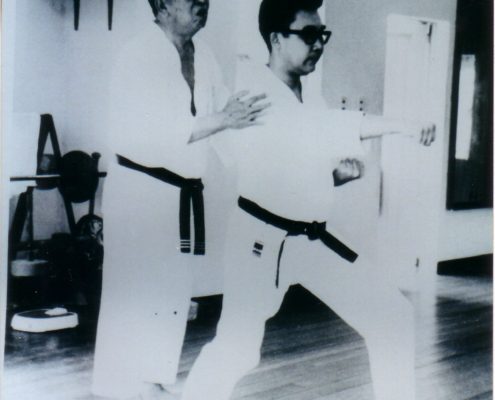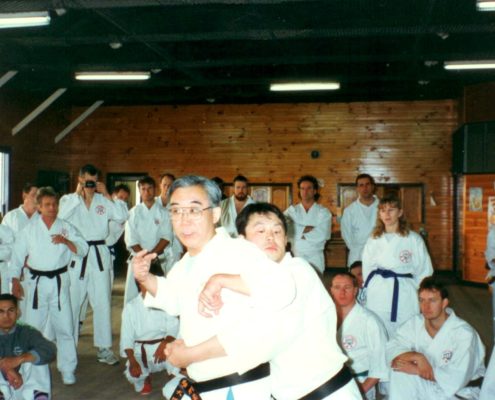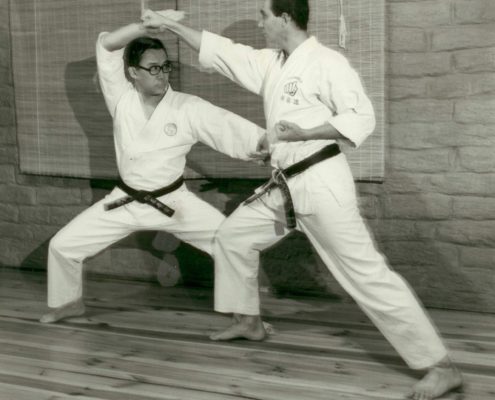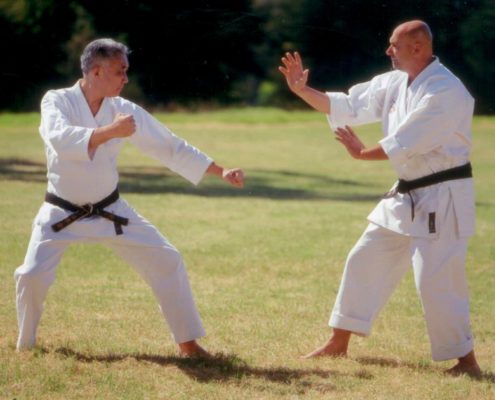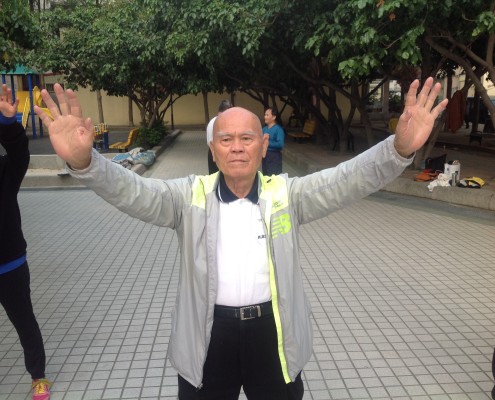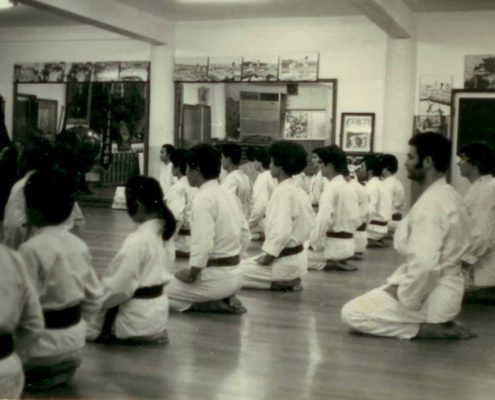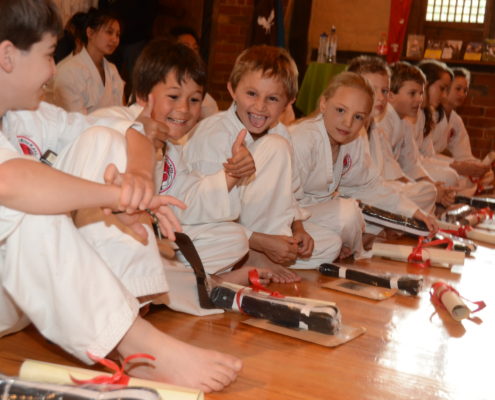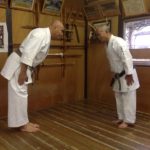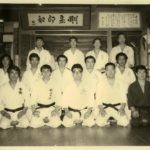Muchi Te (Whipping Hand)
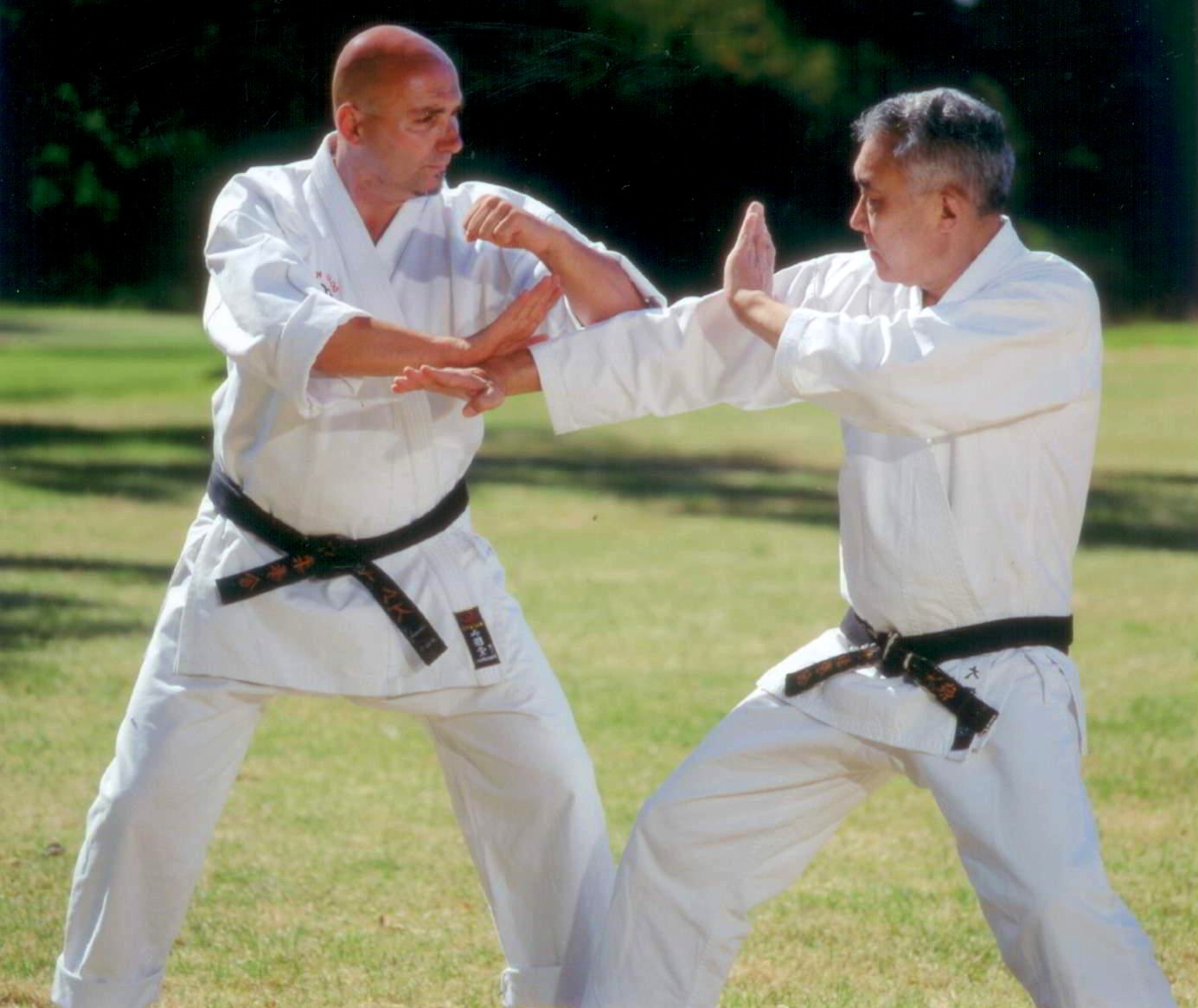
During the course of my instruction I will allude to underpinning principles of Goju Ryu Karate. One of these is Muchi Te.
Whilst I lived in Tokyo during the early 70’s I met with one of the top reputed street fighters of the time and asked him what he considered to be the superior strike. Without hesitation, he said “Ura-Ken,” sometimes referred to as back fist or whipping hand strike. “Why is that?” I asked cautiously, hoping he wouldn’t think I was challenging him. He was known to perform practical demonstrations when questioned in any way.
He answered by telling me that although it is seldom used, it is a very natural method of generating power that requires little or subtle chambering and preparation. This makes it virtually invisible, a total shock to an opponent and can be performed from any position, in many directions either close to or far away from the body without losing its power or effectiveness.
He laughed at the callouses that were beginning to form on my knuckles from striking the makiwara and exclaimed, “No conditioning is required for a whipping hand!”
“You can use your leg or arm, but hand and fingers are best.”
I must confess I became just a little nervous when he suddenly walked towards me and said, “Size, weight and strength make no difference to my whipping hand, because you won’t see it.” He laughed, “I call it my ghost hand” as he walked back to his coffee much to my relief.
Many years later, after much training and research, particularly in the Internal White Crane system that was a major precursor to Wing Chun Kung Fu, Goju Ryu and other Karate systems, I came to the same realization as this famous street fighter. Whipping hand is an incredibly fast way to generate power using any or all parts of the body. Unlike other strikes, it requires no particular emotional preparation and can be adjusted mid-flight to compensate for a sudden change in the position or angle of the target once you are committed to a move.
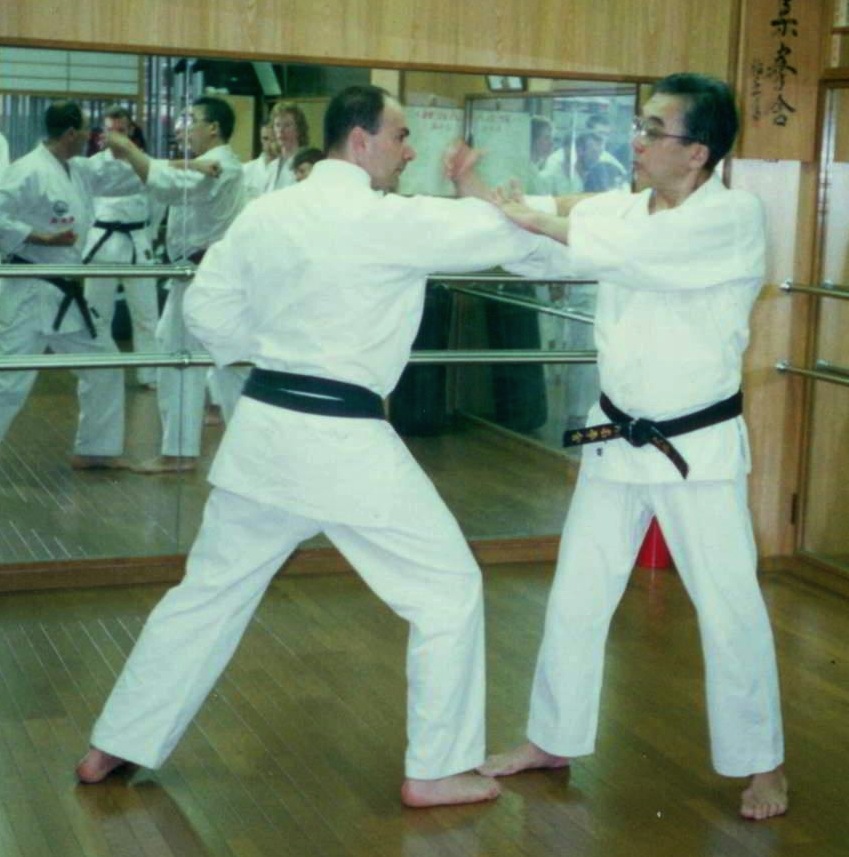
Lets look at how a whip works.
When a whip is thrown, the initial motion of the handle (perhaps equivalent to the arm or leg) adds some amount of kinetic energy to the main length of the whip. If the whip is going to crack, the handle movement must also produce a mode of motion that creates a reversal of direction in the whip’s movement. As this second oscillation moves through the whip, the momentum and the kinetic energy in the whip, are concentrated in the segment of the whip between the moving bend and the tip. As the wave-like bend approaches the tip, the mass of the moving part becomes smaller while the energy remains relatively constant. Since the momentum is the product of the mass and speed of the moving object, the smaller the mass, the higher the speed. Hence the end of the whip moves extremely fast, easily reaching the speed of sound.
Mathematically:

Where Ek is kinetic energy, p is momentum, m is mass and v is velocity. It is a commonly accepted notion that energy and momentum must be conserved. This means there can be no change of these quantities within a system. Therefore from both these equations, as the mass (m) decreases, in order to conserve energy or momentum, the velocity must increase proportionally. This phenomenon can be leveraged in our martial arts the same way as in a whip. By beginning a movement in an area of high mass such as the hips and carrying that motion through to the end of a limb with a relatively much smaller mass, the velocity of a strike can be increased immensely with minimal effort.
 Cart
Cart